Shinsekai, which literally means ‘New World’, is a district located in southern Osaka. Its development began in 1912 and was presented as an ode to the future with great expectations of becoming a symbol of the city.
But its history is painted in contrasting shades of light and darkness. For a while, it was considered one of the most dangerous and dubious areas in the country, having become the domain of organized crime syndicates, the homeless, and sex workers. This situation was in sharp contrast to the new world that the people in Osaka dreamed of at the founding of Shinsekai.
Nowadays, Shinsekai is a neighborhood with a retro and nostalgic atmosphere, which makes it one of my favorite areas of Osaka. I love getting lost in its streets, especially at sunset and during the night, between the neon lights and the facades of the restaurants with bizarre decorations that harken back to old times, far away from 21st century Osaka.
Tsutenkaku, Osaka’s Eiffel Tower is in Shinsekai
My trip to the past through Shinsekai begins very close to the Tsutenkaku Tower, which is the emblem of Osaka and the seed from which the area began to be developed. During a time when the Western world was in vogue, Shinsekai was inspired by two of the most important landmarks in the world: the Eiffel Tower in Paris and Coney Island in New York.
The route to Tsutenkaku is short, but I cannot help but take my sweet time contemplating the plastic food replicas on display at the entrance of the restaurants and the extravagant and impressive facades and store fronts. Or stop to buy a small souvenir as a memento of my adventure in Shinsekai, the most unique neighborhood in Osaka.
Reaching the bottom of Tsutenkaku and looking up, I am amazed by the beautiful ceiling painting that depicts three peacocks with ornate peonies and camellias. It’s a reproduction of the original painting, which was created as an advertisement for a local cosmetics company.
The Color-Changing Tower
Nearby, I discover the tower entrance so I go down the colorful stairs and arrive at the first basement floor of the tower. Here, there are many shops where you can buy snacks and other limited goods from the Kansai region. Most of them are Takoyaki and Okonomiyaki theme-related, the soul food of Osaka.
Also, there is a counter where you can purchase a ticket to ascend the tower. After you pay the admission, use the elevator to go up. There are many different observatories, souvenir stores, several exhibitions, and even a coffee shop! Click here to see the floor guide.
But my favorite thing about Tsuntekaku is the external illumination, which changes monthly, representing the seasonal colors. March is pink, the same as the beautiful plum blossoms that usually bloom in this season.
But there’s more! The top two bands of color on the tower indicate the weather forecast for the following day through simple color combinations. For example, if the upper color is red, and the bottom color is blue, it means that it will be cloudy in the first half of the day and then it will rain.
Osaka’s Local Food: Kushikatsu, the Pride of Shinsekai
At sunset is when the area gets lively and both Japanese and tourists alike crowd into Shinsekai’s restaurants to enjoy the local cuisine. There’s a particular dish in the spotlight: Kushikatsu (deep-fried skewers usually made with chicken, vegetables and seafood and is usually served with a kind of Worchester-like sauce). But in Osaka, when eating kushikatsu there is a main rule: no double dipping! The sauce is shared with the other customers so, for hygienic reasons, you only can dip it once. My favorites are chicken kushikatsu and cheese kushikatsu. Delicious!
Besides kushikatsu, Fugu is another of the local specialties. It’s the kind of thing that has to be experienced at least once in your lifetime since Fugu is a very special fish. It is the deadliest food you could ever eat. Due to its highly poisonous toxin (there is no antidote), it can only be manipulated, cooked and served by a licensed Fugu master. One of the most popular restaurants where you can eat it in Shinsekai is Zuboraya, although you can also find it in other places in Osaka.
Billiken, a god made in the U.S.A.
Billiken is a character well-known in Shinsekai and Osaka. He is a sort of elf with a mischievous smile and pointed ears that was created by an American art teacher. The very first representation of Billiken arrived in Japan in 1912 and it was installed in Luna Park, an amusement park in Shinsekai that closed in 1923.
Nowadays, Billiken is known as “The God of Things as They Ought to Be” and you can even find him in temples and shrines. If you rub his feet you’re supposed to get good luck.
Janjan Yokocho, the heart of Osaka
I leave behind the colorful Shinsekai streets to get to Janjan Yokocho, a commercial street filled with small retail shops and local restaurants.
Janjan is a deep dive into the heart of Osaka with the same retro atmosphere which is characteristic of Shinsekai. Strolling around the shops feels like a return to decades past; the street is alive as it ever was although the vibrant colors of its stalls have begun to fade over time.
One of the spots I like the most on this street is a store where the locals stop by to play old-fashioned Japanese board games. Every time I walk by, I usually pause for a bit to watch the matches through its large windows.
A large avenue splits Janjan Yokocho into two areas. Although the first area (closer to Shinsekai) is packed with tourists, the other sector is rather grayish and not as touristy, so most businesses are small snack bars for locals where foreign clientele are a rare sight.
A snack bar is an establishment usually managed by a woman called “mama”, who takes care of business, serving drinks and simple snacks besides tending to customers. Many of these bars also have a small karaoke available for the patrons.
Personally, I do not advise you to enter this type of bar unless your Japanese level is high and you’re familiar with Japanese customs. In most of these places, the employees cannot communicate in English and it may be difficult to understand the rules.
Tobita Shinchi, Osaka’s red light district
Over some adjacent alleyways to Janjan Yokocho, you can reach Tobita Shinchi, the largest red light district in Western Japan. Before entering here, I store my camera as shooting is prohibited in these streets.
Even though the prostitution was banned in Japan in 1958, Tobita Shinchi is one of the few small nooks in this country where it is openly displayed.
After the prohibition, the brothels in the area closed for one day in order to be reopened under a “Japanese Restaurant” license. Under this pretense, they were able to skirt the laws by offering small appetizers, tea and other drinks to their customers.
The small buildings consist of two floors, the ground floor being completely open with the girls sitting on the tatami, easily seen by passersby. This is likely the only place in Japan this kind of business is conducted so publicly, similar to the red-light district in Amsterdam.
The Most “Dangerous” Neighborhood in Osaka
Unlike other countries’ red light districts, Tobita Shinchi is not touristy at all. And although it is not as shady as it used to be, there are some things you should be aware of before visiting in order to avoid any issues.
Shooting video or photographs is forbidden and checking out the girls is not recommended. There is a lot of organized crime activity going on this area, even if it isn’t always obvious.
Albeit close to Shinsekai, Tobita Shinichi belongs to the Nishinari neighborhood, one of the poorest and most “dangerous” in Osaka. It is said that Nishinari is the home base of two rival criminal organizations and thus, holder of the highest crime rate area of the city. But this rate is pretty low when compared to other countries and it’s actually a much safer place than most cities in the world.
At the present day, Nishinari is still evolving with the surge of an extensive variety of low cost lodgings and apartments for foreigners. The crime rate is falling as well and therefore, this is actually a safe zone to explore, sleep, and eat on a budget.
During one of my visits to Osaka, I stayed in Nishinari for twenty days and did not have a single issue. Moreover, it was an excellent opportunity to explore Shinsekai and discover the most local and authentic side of Osaka.
How to get to Shinsekai
Shinsekai is a short walk from the following train stations:
- Shin-Imamiya: Osaka Loop Line – included in JR Pass
- Dobutsuen-mae: Midosuji Line and Tanimachi Line
- Ebisucho: Tanimachi Line
Furthermore, this place can be reached from Tennoji station (14 minutes on foot). Despite being a bit farther than the other former three mentioned stations, it’s an interesting area. Around the station there are several large malls, a park, a zoo and the skyscraper with the highest observatory of Osaka.
How to get to Tennoji:
- JR Yamatoji Line – Included in JR Pass
- JR Loop Line – Included in JR Pass
- JR Hanwa Line – Included in JR Pass
- Midosuji Line – Osaka metro
- Tanimachi Line – Osaka metro
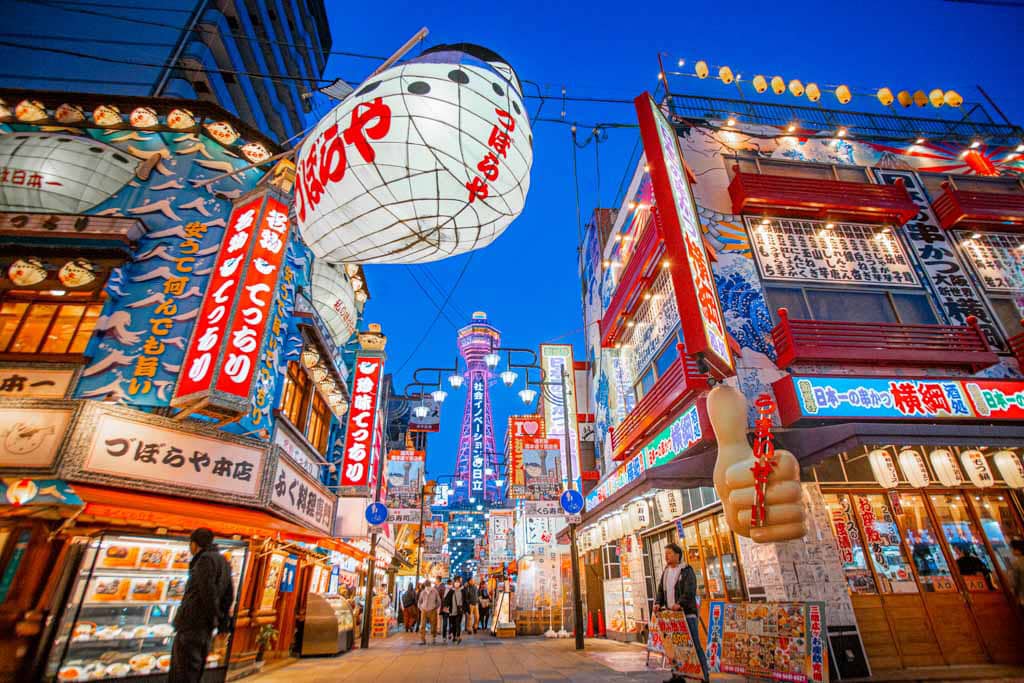
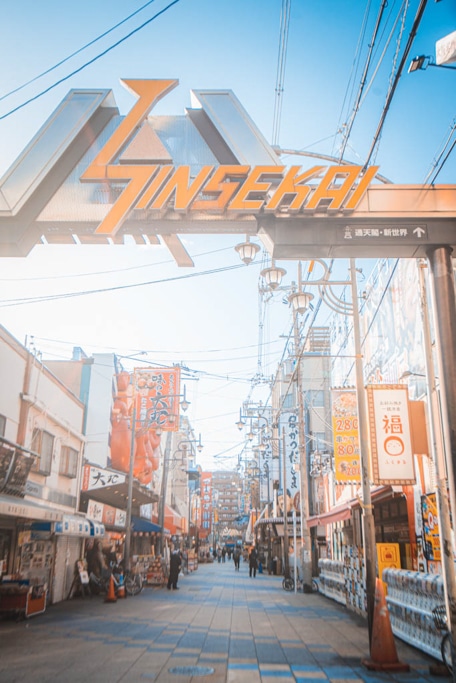
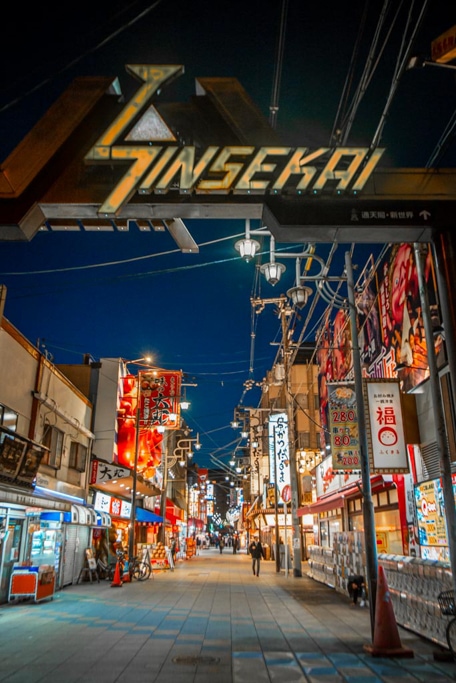
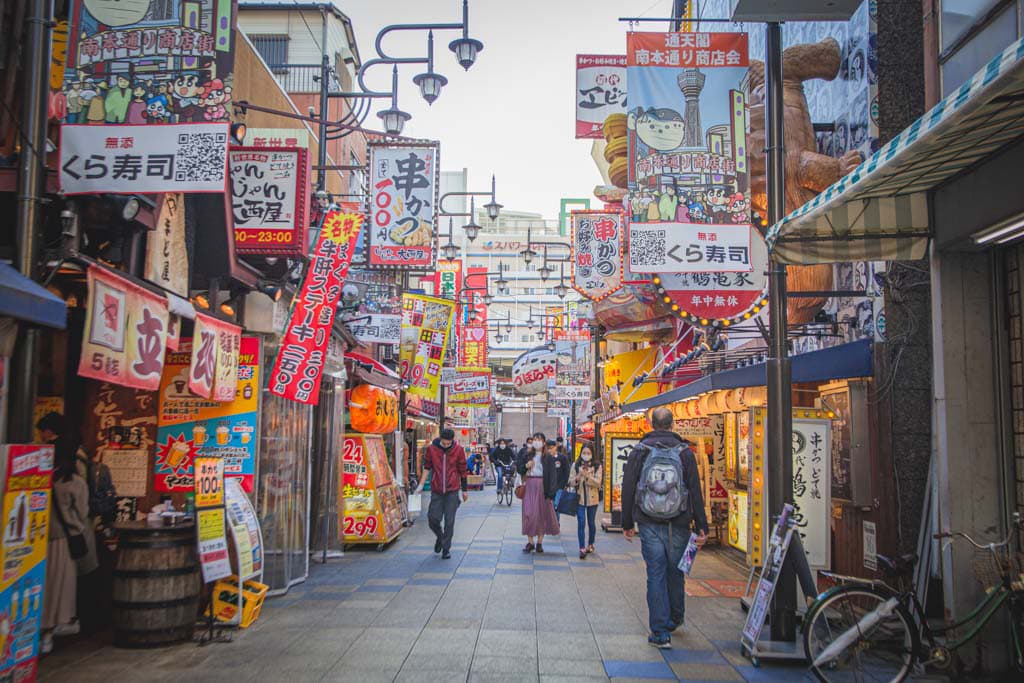
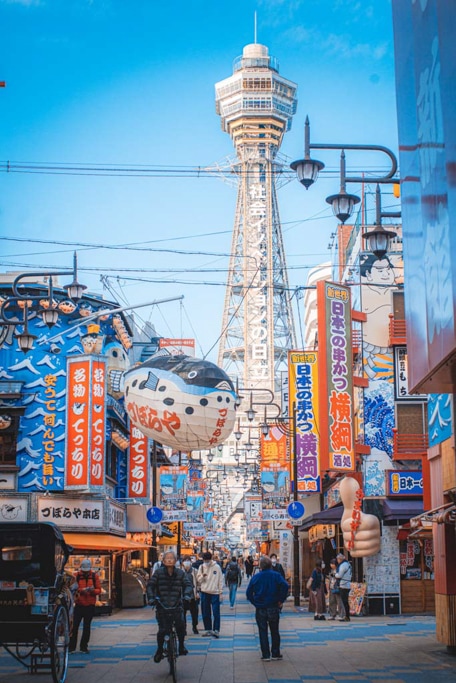
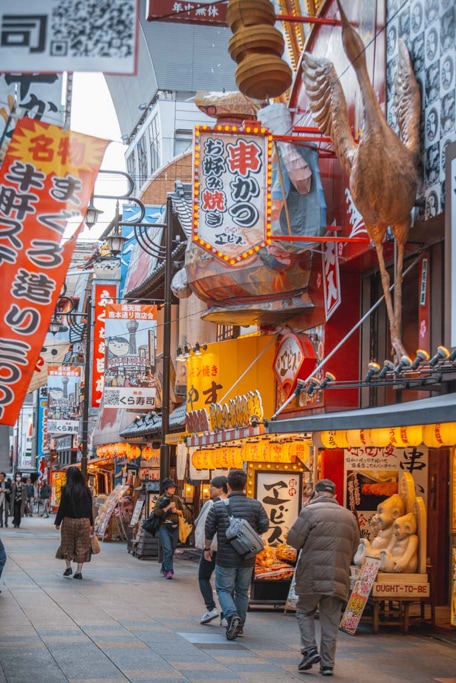
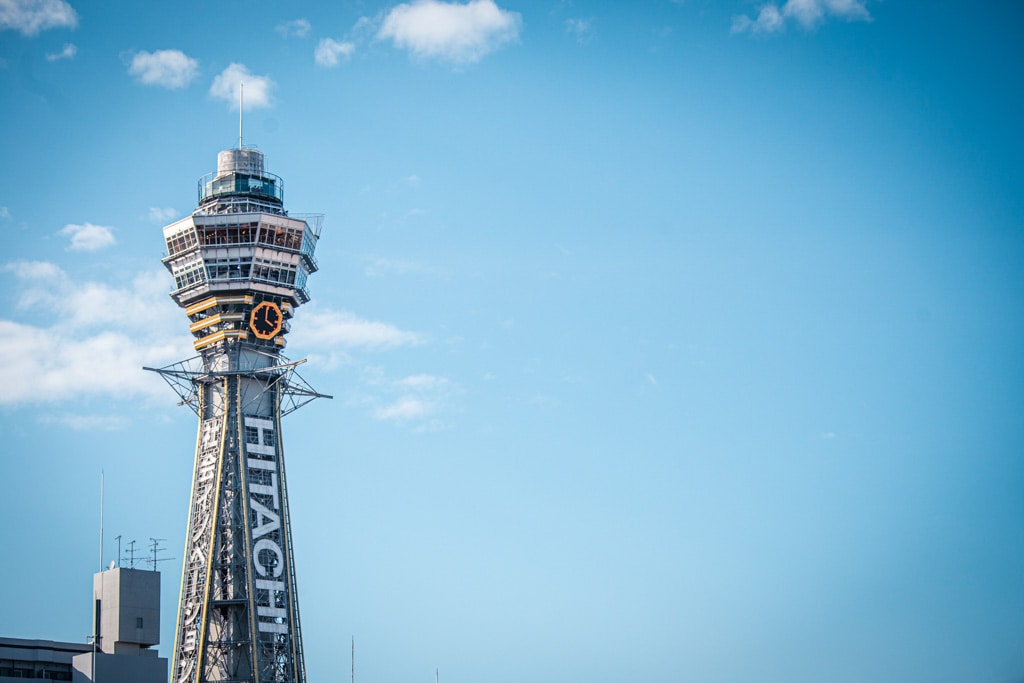
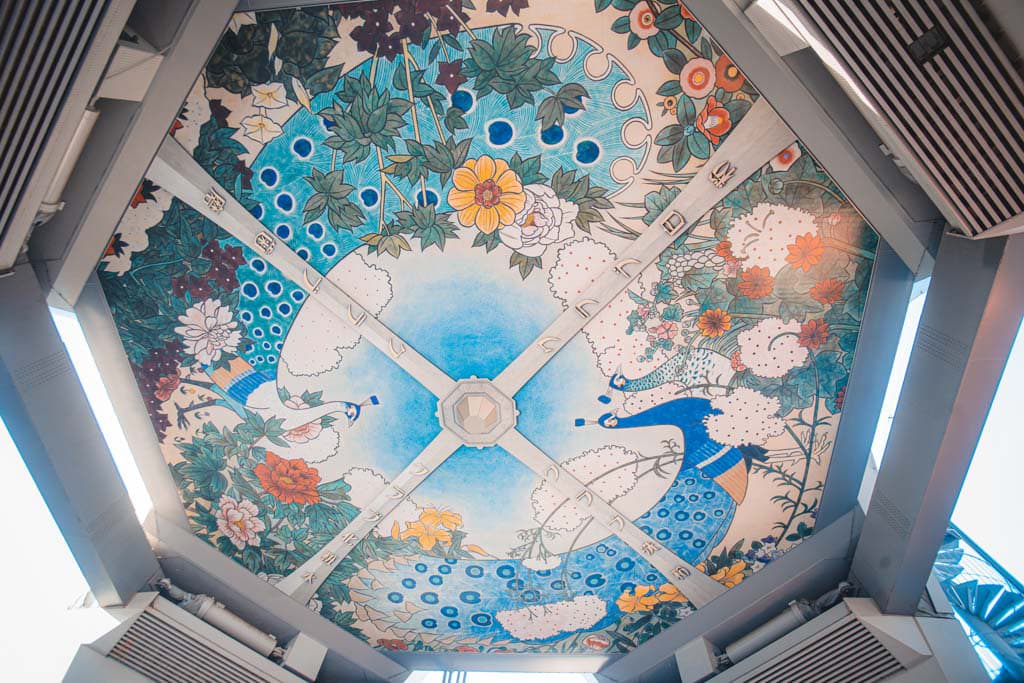
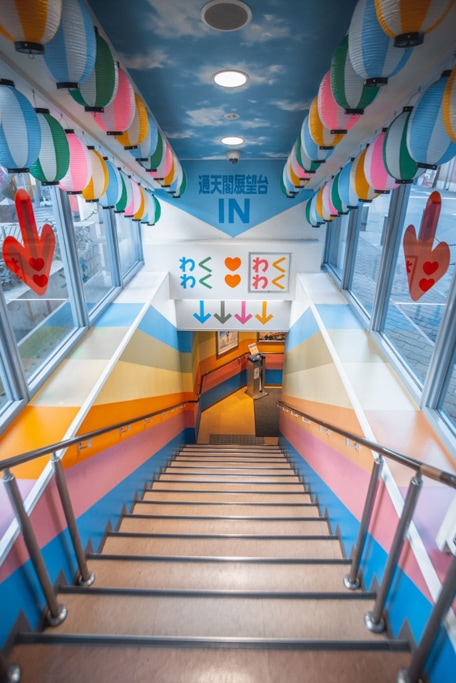
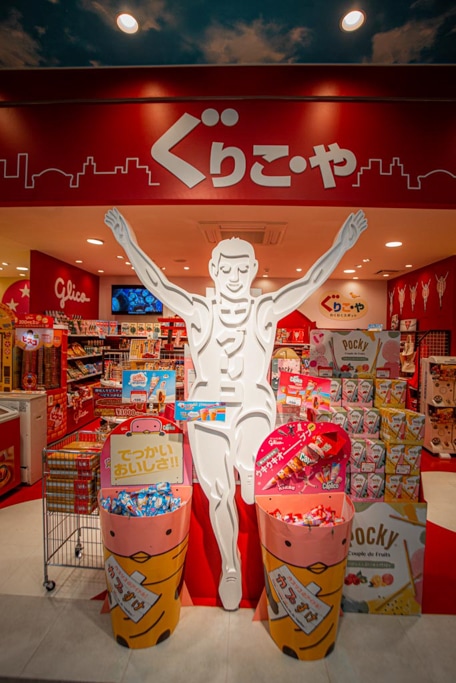
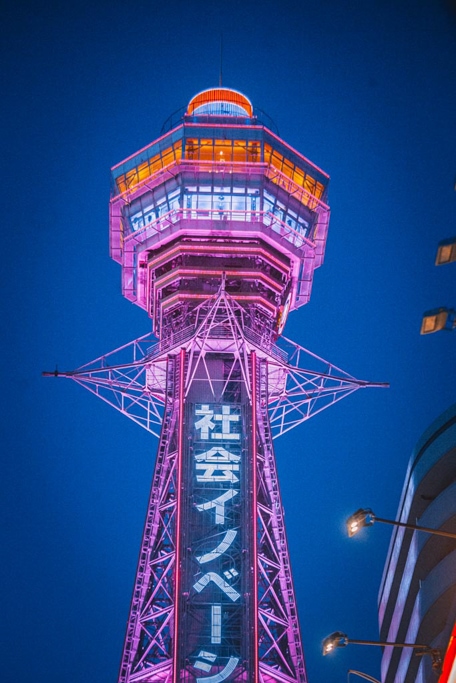

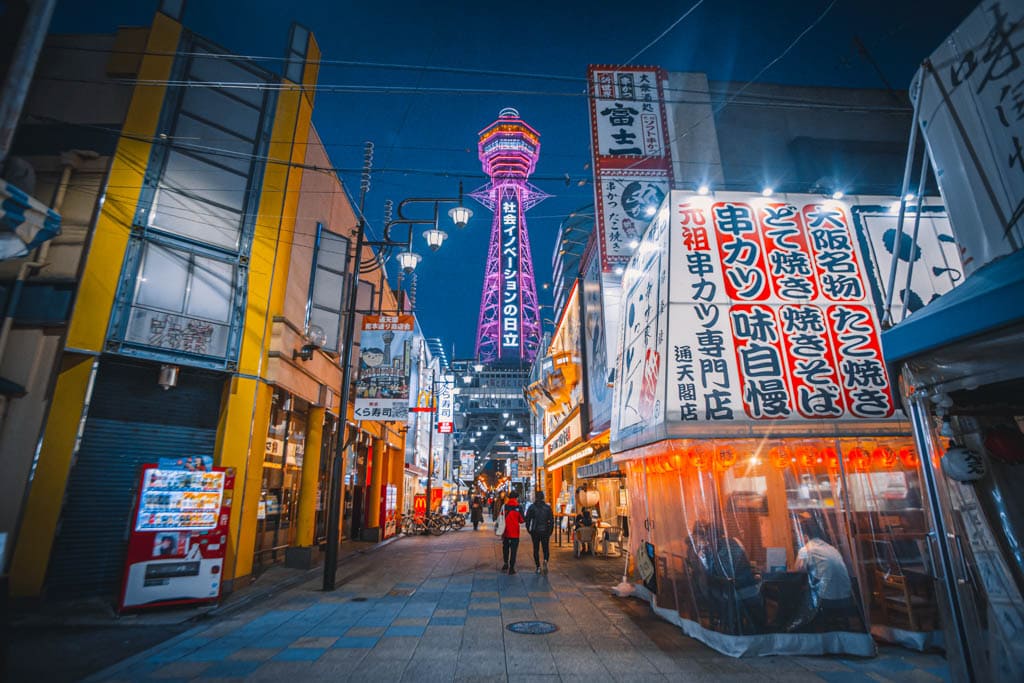
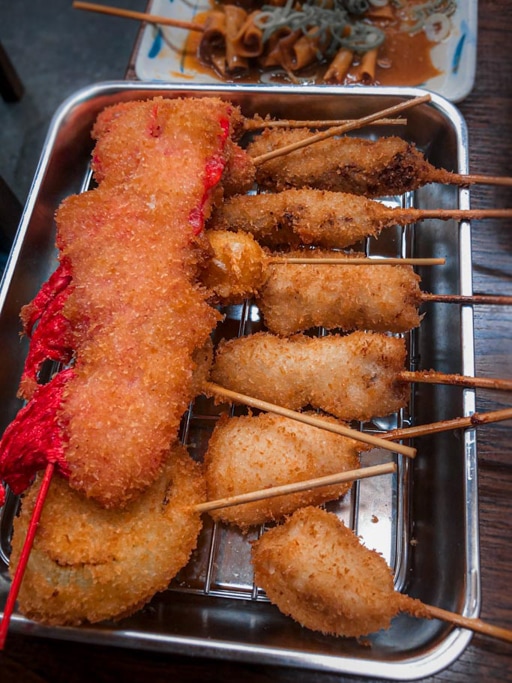
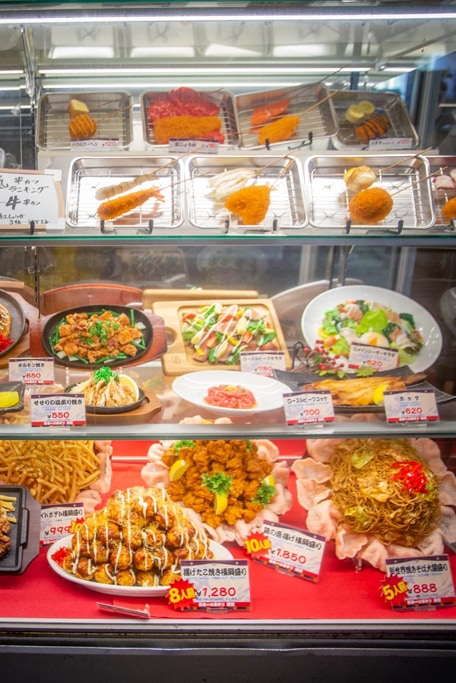
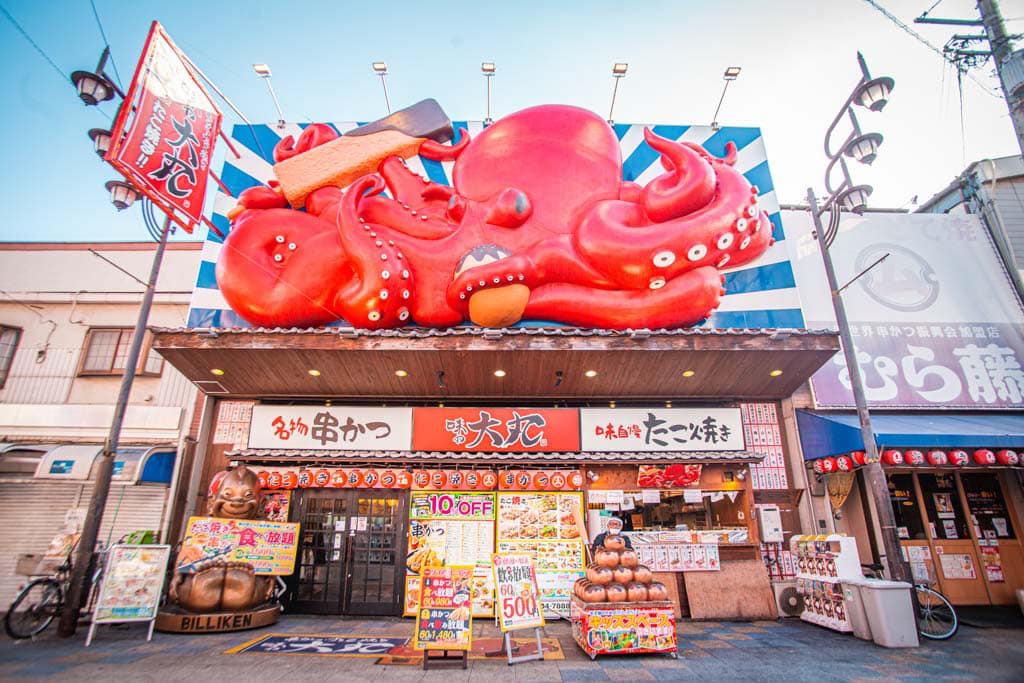
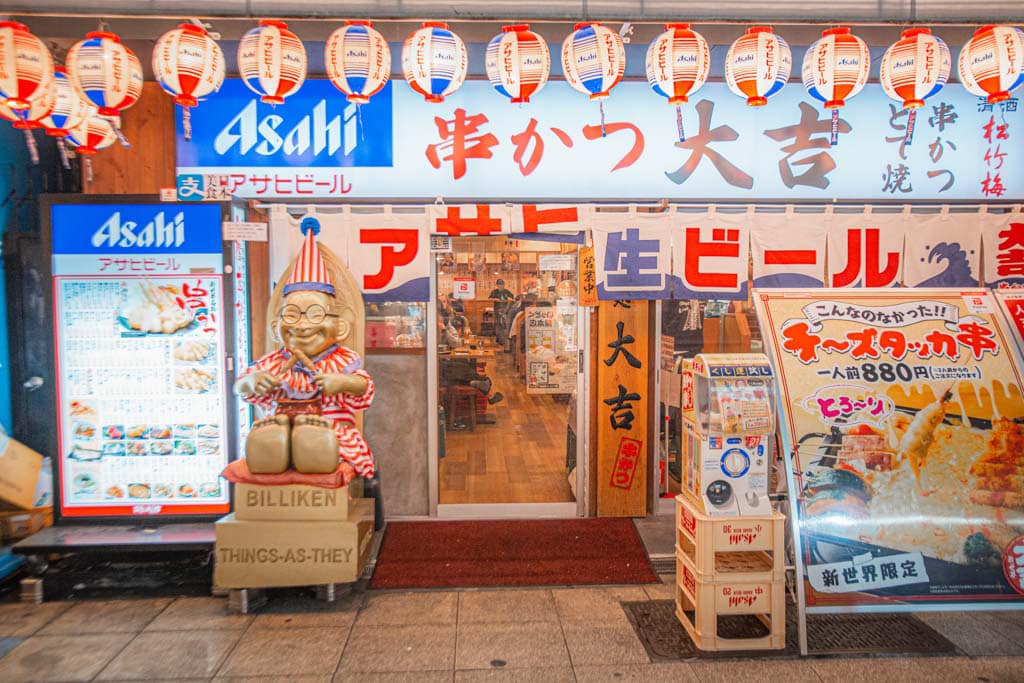
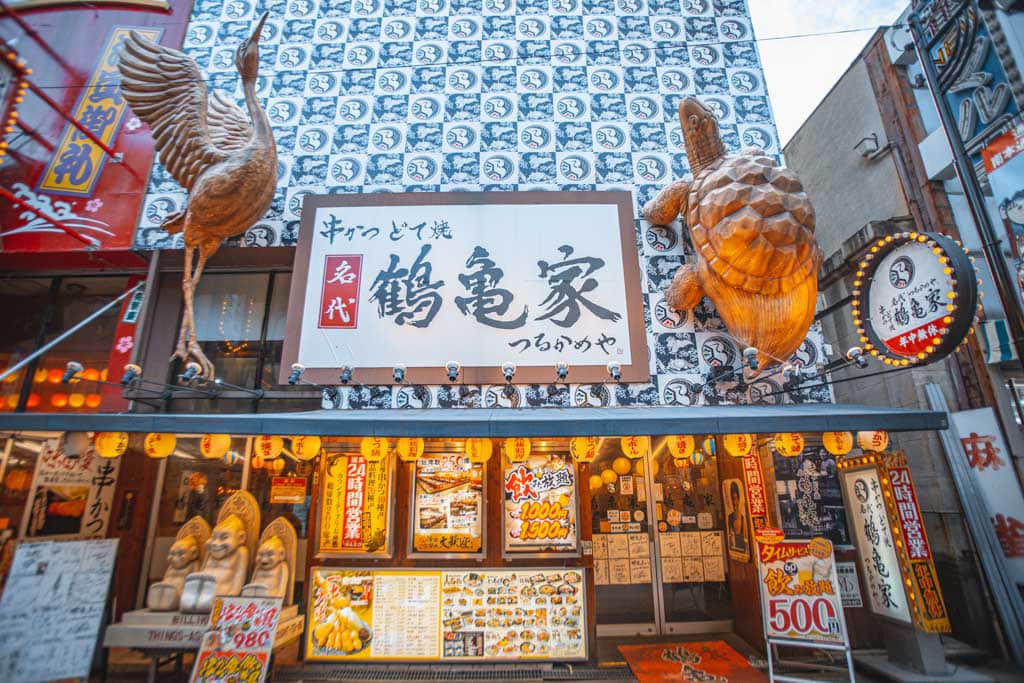
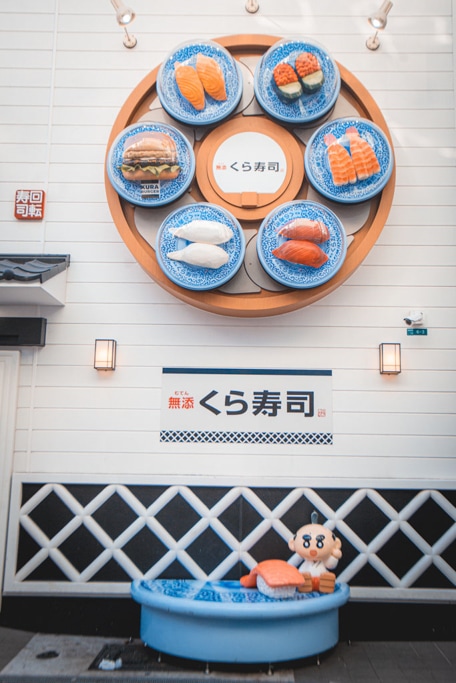
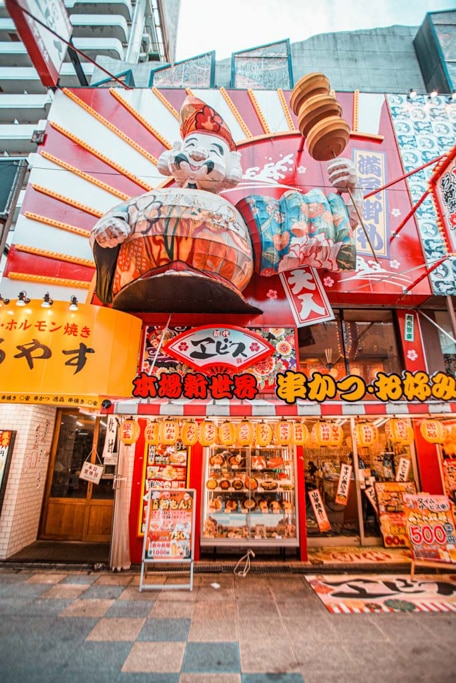
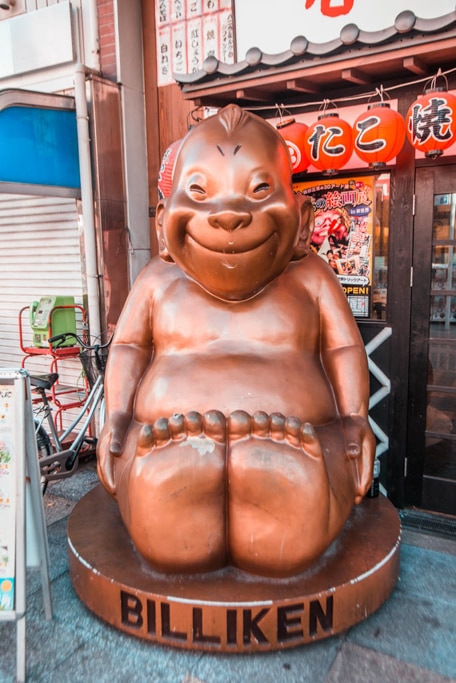
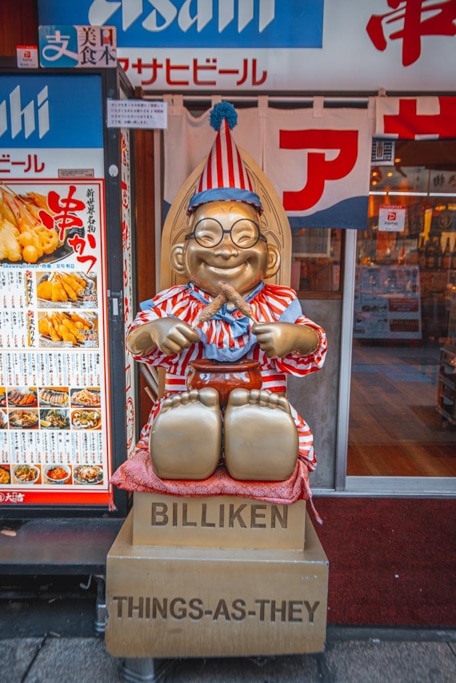
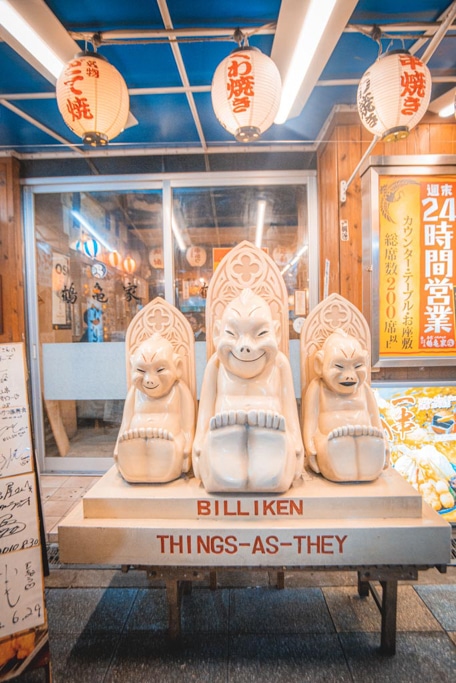
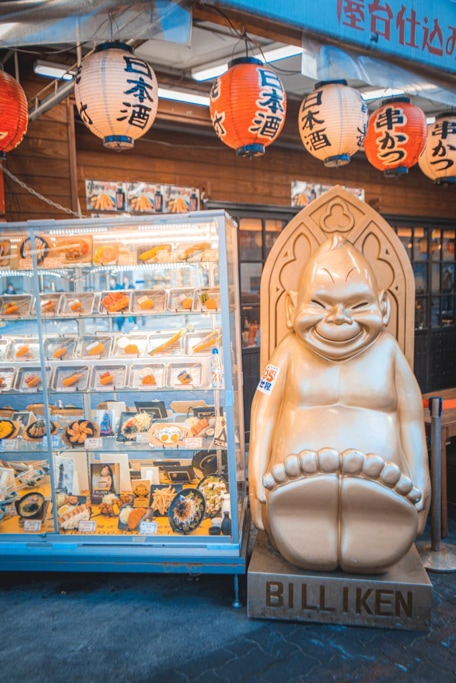
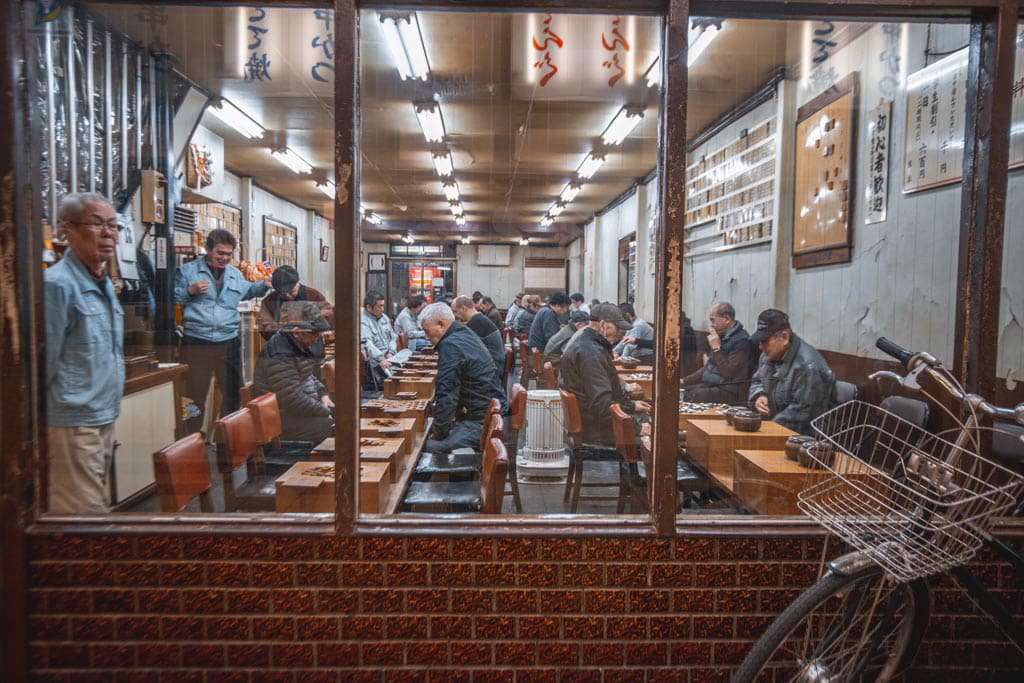
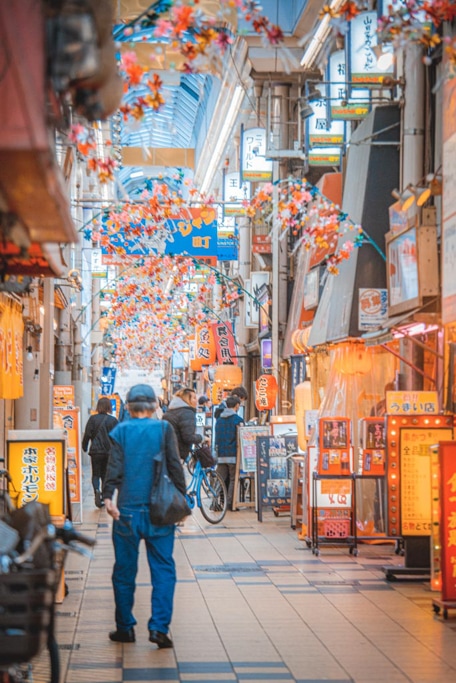
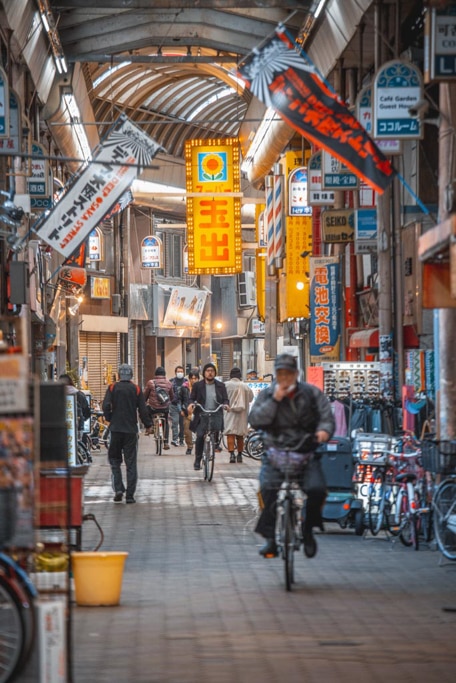
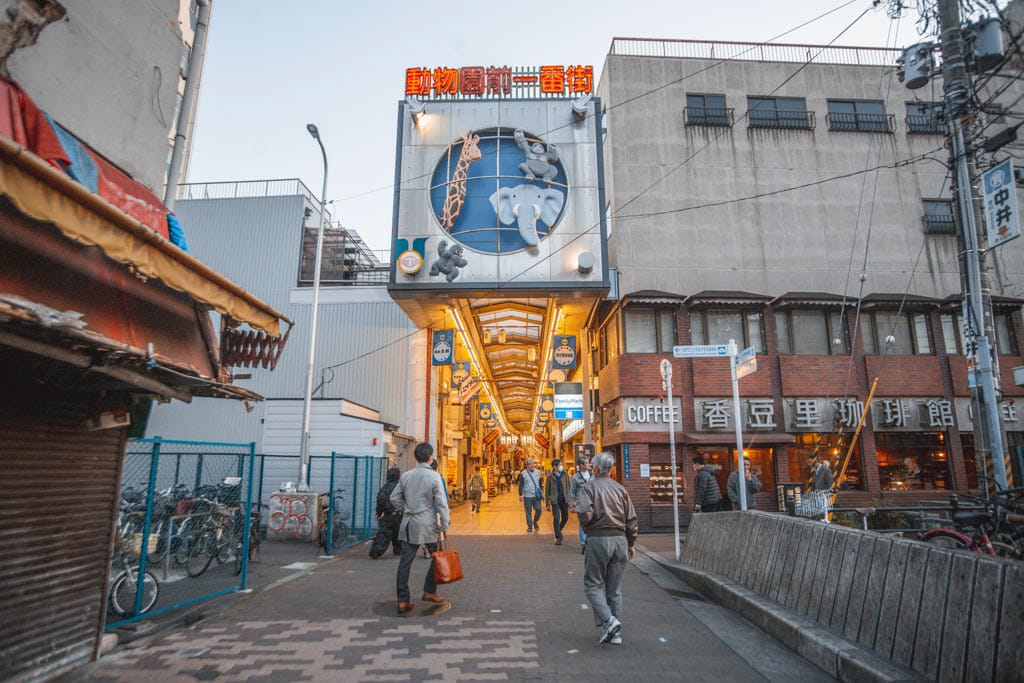
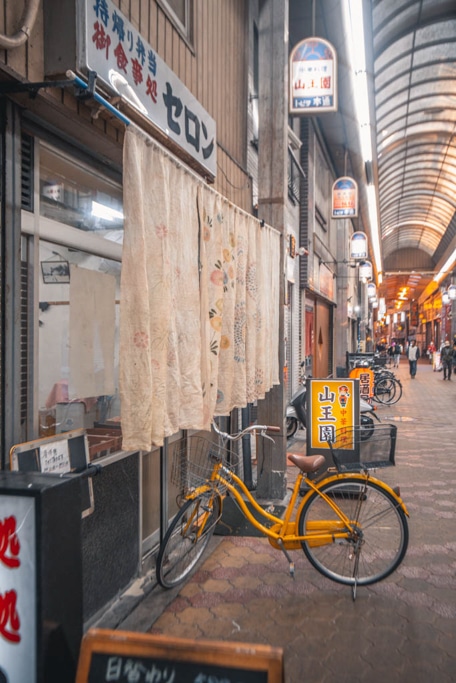
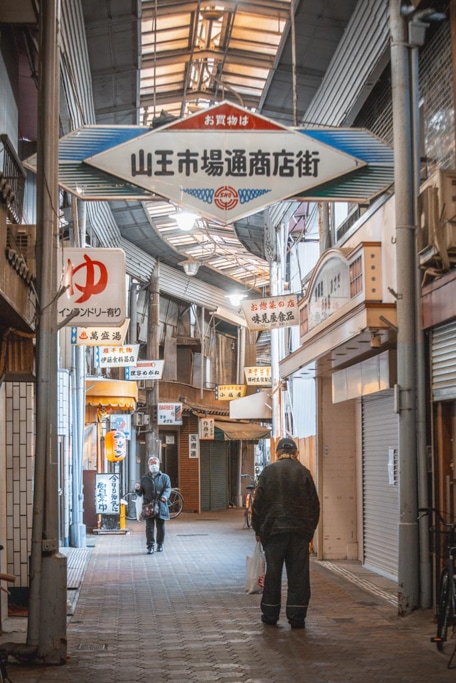
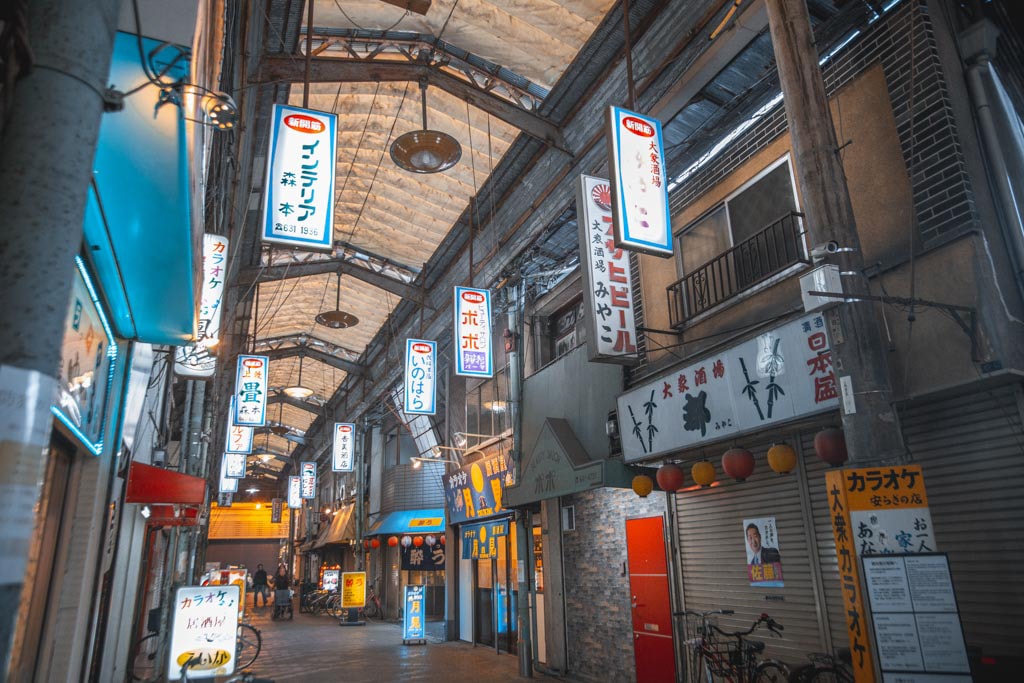
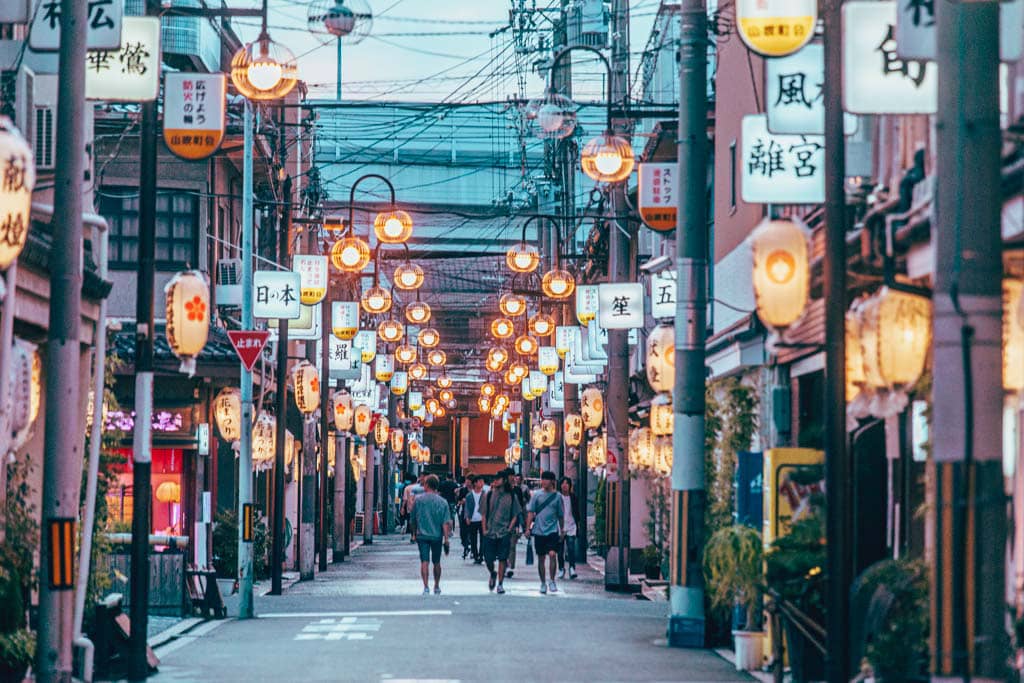
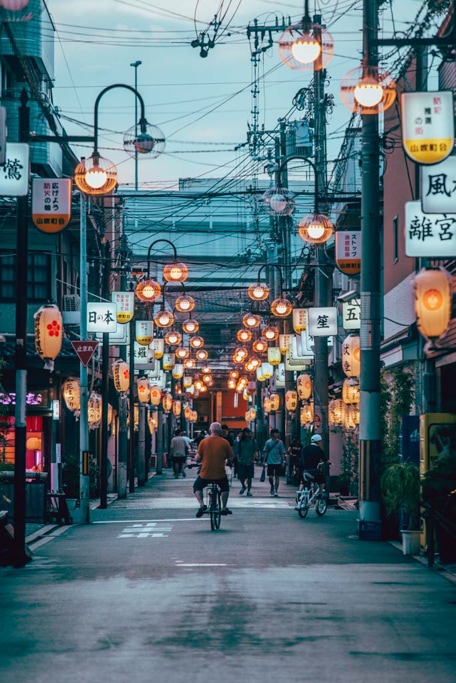
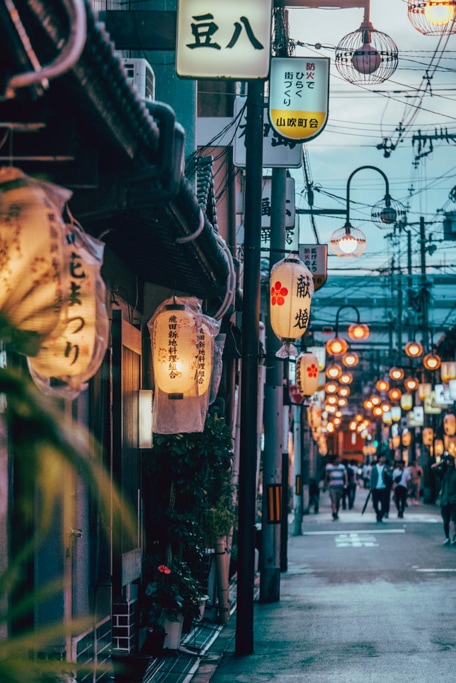
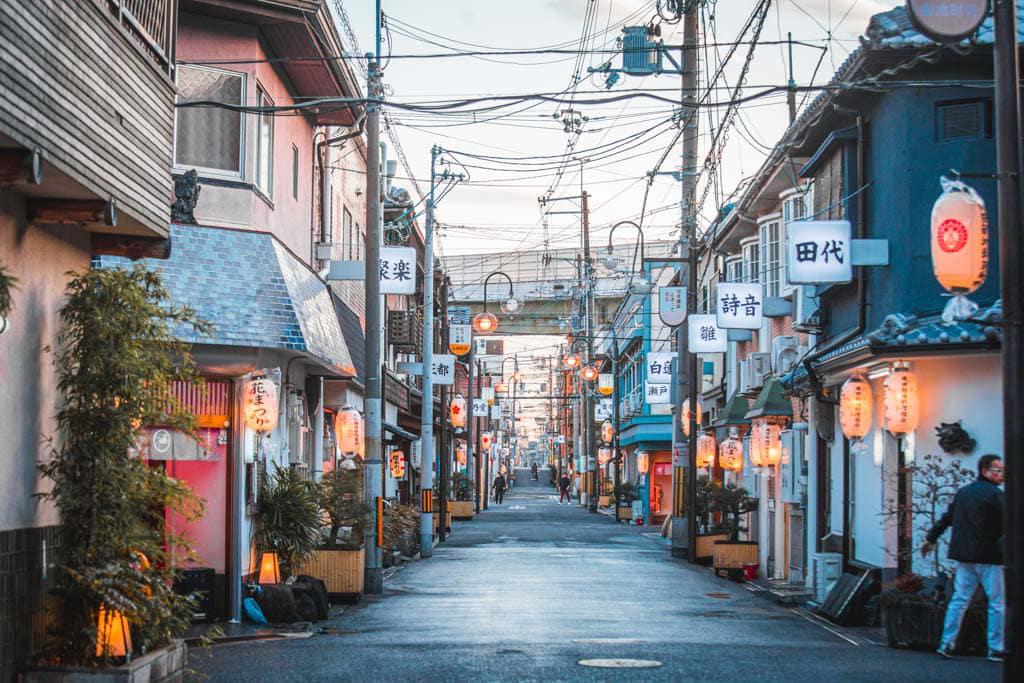
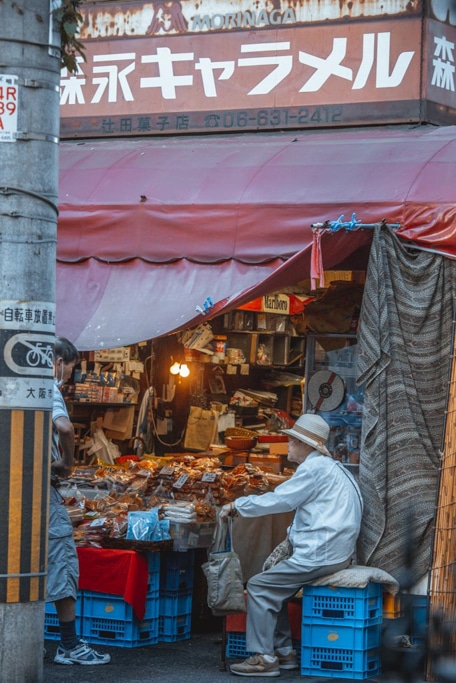
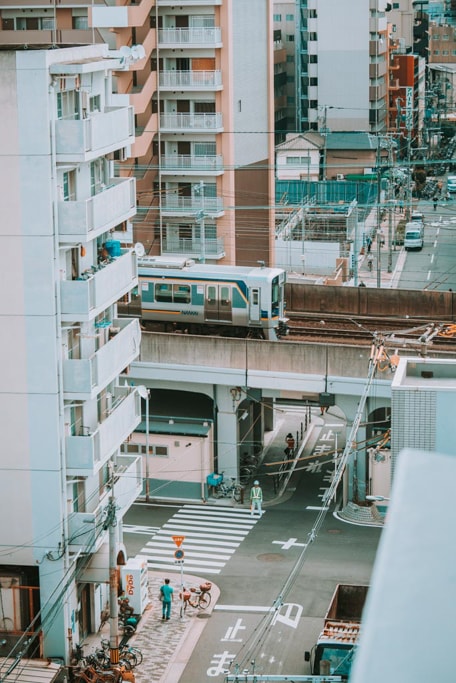
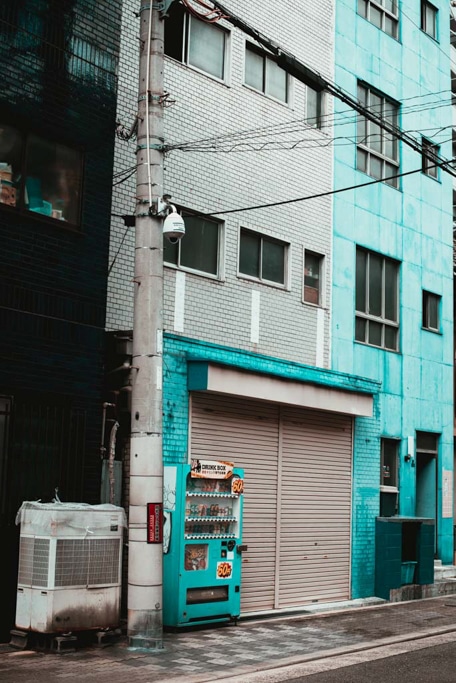
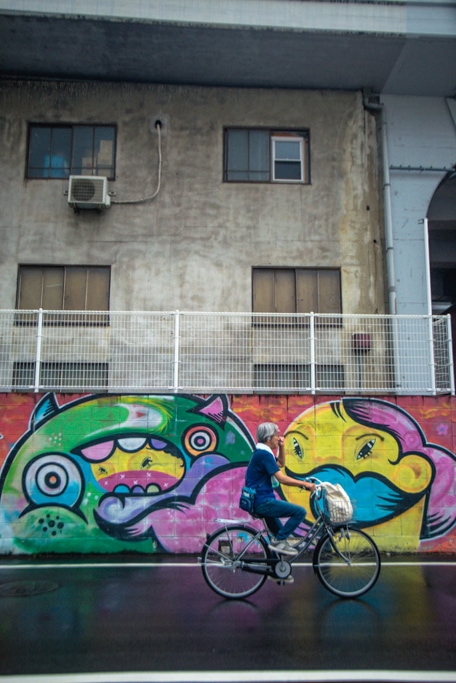
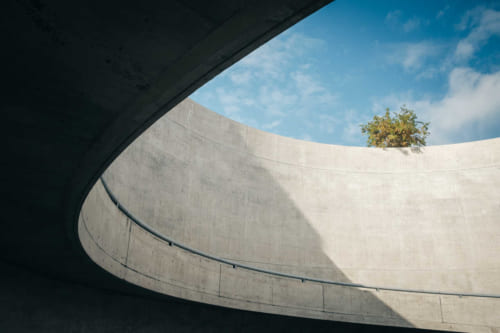
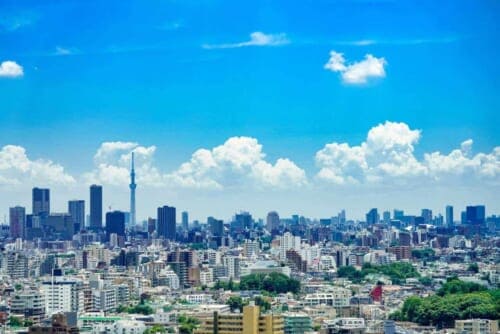
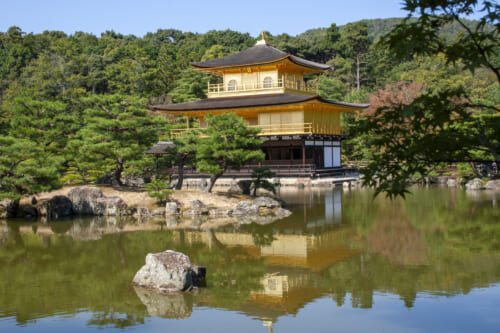
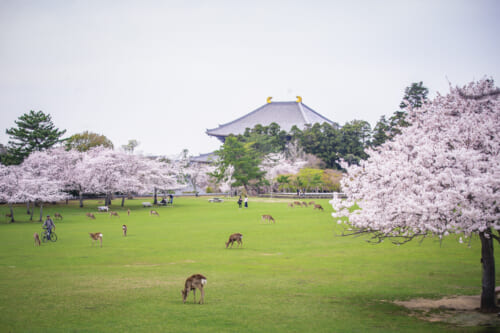
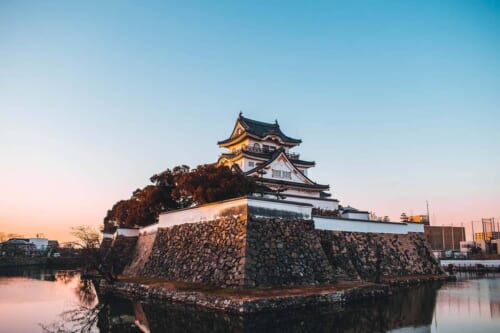
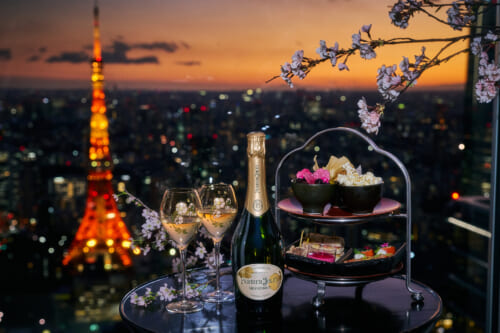
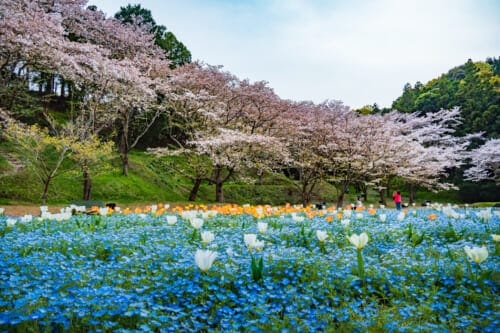
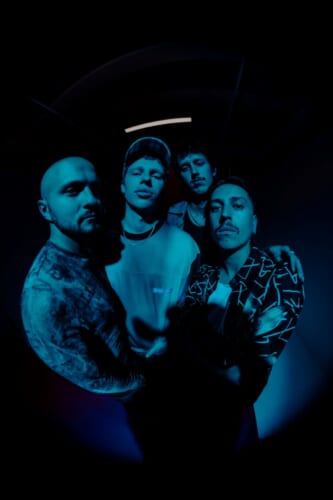
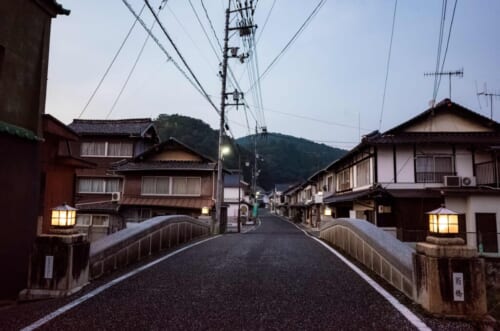
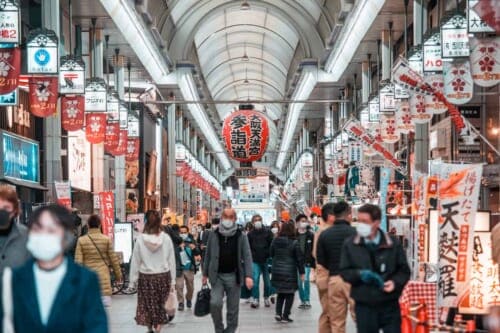
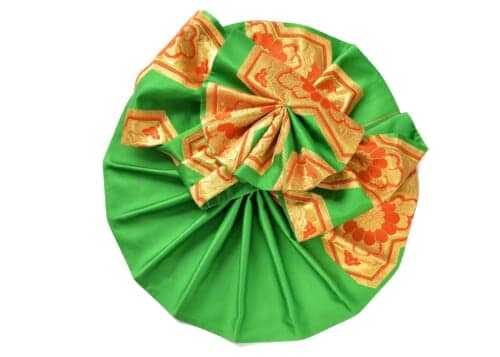


No Comments yet!